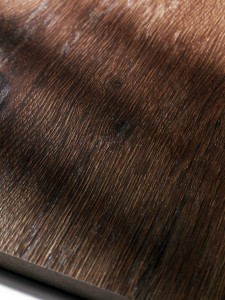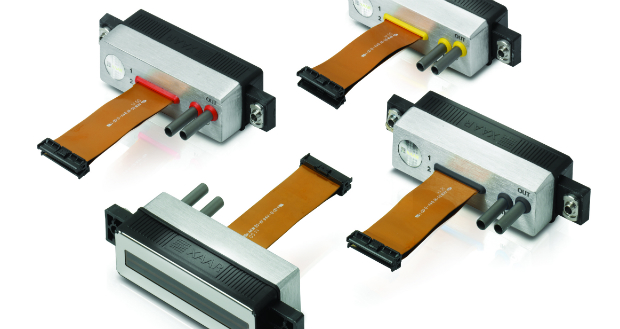Inkjet printhead maker Xaar has launched the Xaar 1002 GS40 for UV applications.
Xarr says that the printhead, already working in the ceramics tile decoration industry, makes possible a range of high-build varnish and textured effects for labels, packaging, graphics, and wood laminate.
Alan Mutch, product manager at Xaar, says, “We are delighted to be extending our UV printhead range to include the Xaar 1002 GS40 which enables our customers to create a wide range of effects that were typically the preserve of other techniques such as embossing. This capability is becoming more prevalent in labels and packaging for luxury products within the food and beverage sectors including high end spirits and wine labelling.”

Xaar’s new head allows printing on a broader range of substrates
The printhead jets drop volumes from 40–160pL and has greyscale capability (five levels) and suits printing UV spot varnish and applications requiring a high laydown at higher print speeds. Depending on the drop size, the printhead can lay down extra opaque whites with a larger drop size or a finer base of whites with a smaller drop size; useful in creating fine detailed effects. For printing solid white base coats underneath fine halftone images or text, such as companies printing labels or packaging, the Xaar 1002 GS40 can be used in combination with the Xaar 1002 GS6 printhead.
Xaar says the large drop capability of the 1002 GS40 means it has application for printing high build spot varnish or tactile, textured effects, such as wood grain, which improve the visual appearance of edge banding or other wood laminate products manufactured by the décor industry. The company claims that the throughput of this printhead surpasses that of any other on the market, owing to greyscale capability combined with high drop size, which deliver a high volume of ink laydown per nozzle.
The company adds that the printhead performs exceptionally well with a wide range of ink types and viscosities and in varying ambient temperatures.


